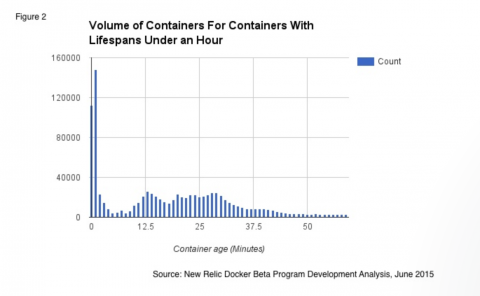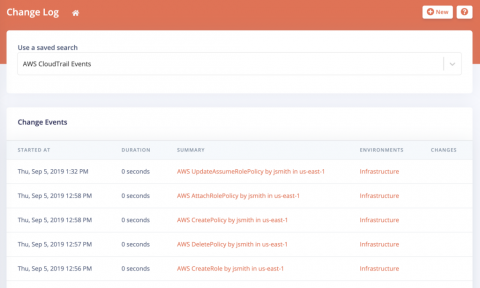What is Cloud Infrastructure Optimization?
Cloud infrastructure refers to both hardware and software components—ranging from servers to storage to networking and virtualization software—that are required to support cloud computing. Thus, cloud infrastructure optimization refers to optimizing these components for: efficiency, performance, and cost.











